Optimal Timing for Foundation Repairs
Foundation repairs are most effectively performed during specific times of the year to ensure optimal conditions and long-lasting results. Understanding the seasonal factors that influence foundation work can help homeowners plan appropriately and avoid unnecessary delays or complications.
The ideal time for foundation repairs is typically during the late spring and early summer months when soil moisture levels are balanced. During this period, soil expansion and contraction are minimized, reducing the risk of new cracks forming or existing issues worsening. Additionally, moderate temperatures facilitate better curing of repairs and allow for easier access to work areas.
Spring offers moderate weather and stable soil conditions, making it suitable for foundation work. Early planning can help avoid delays caused by extreme weather.
Summer provides warmer temperatures that promote proper curing. Dry conditions reduce the risk of water-related issues during repairs.
Winter is generally unsuitable for foundation repairs due to freezing temperatures and frozen soil, which can hinder excavation and curing processes.
Fall can be a good time if soil moisture levels are managed properly, but early frost can pose challenges for certain repair methods.
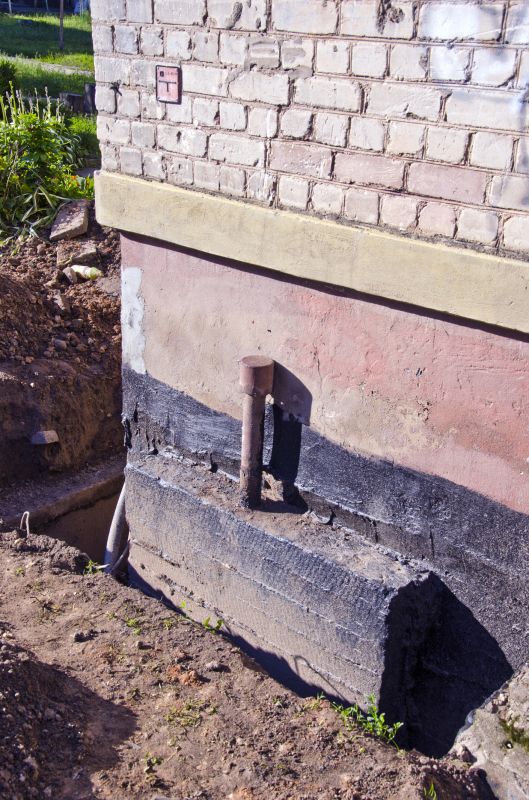
Spring is an ideal time for foundation repairs due to stable soil conditions and moderate temperatures.

Warm weather and dry soil make summer suitable for foundation repairs and curing.
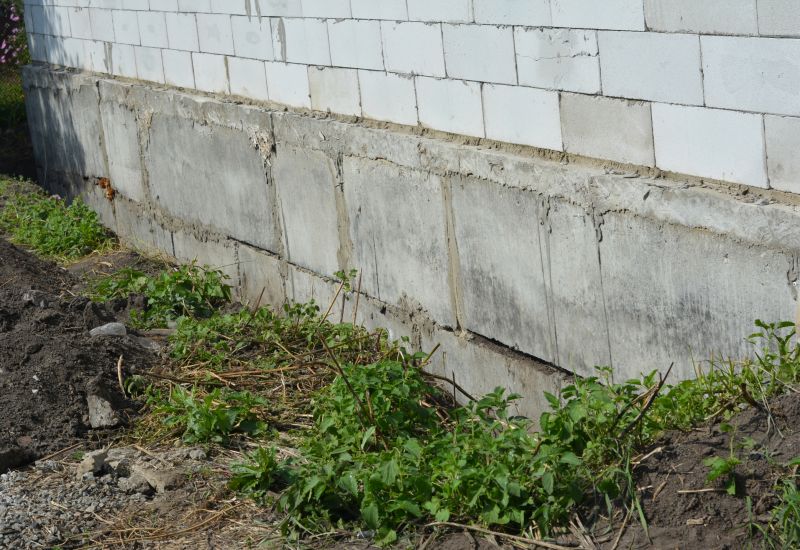
Understanding soil movement across seasons helps determine the best timing for repairs.

Ways to make Foundation Repairs work in tight or awkward layouts.
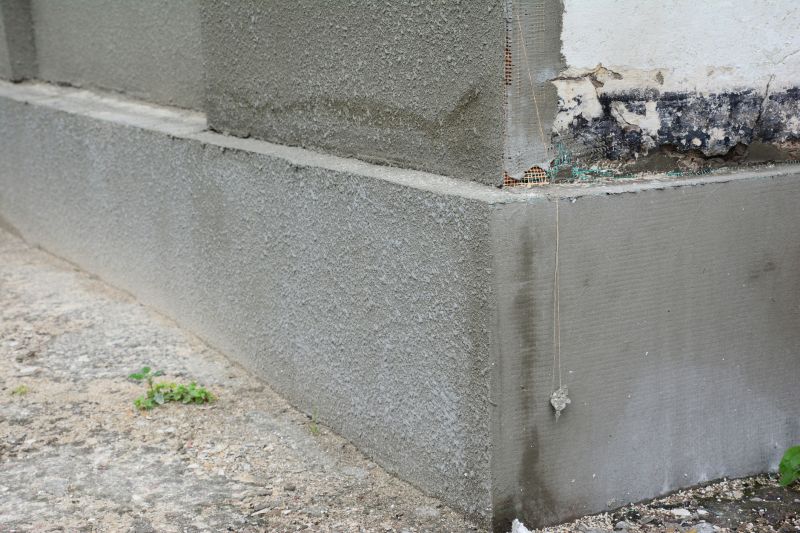
Popular materials for Foundation Repairs and why they hold up over time.

Simple add-ons that improve Foundation Repairs without blowing the budget.
| Season | Optimal Conditions |
|---|---|
| Spring | Moderate temperatures, stable soil moisture, minimal weather disruptions |
| Summer | Warm temperatures, dry soil, ideal for curing |
| Fall | Variable soil moisture, early frost risks |
| Winter | Freezing temperatures, frozen soil, unsuitable for excavation |
Foundation repairs are critical for maintaining structural integrity and preventing further damage to a property. Addressing issues promptly can help avoid costly repairs in the future. Soil conditions, weather patterns, and temperature fluctuations play significant roles in determining the best time to undertake these repairs. Proper planning and timing ensure that repairs are durable and effective, reducing the likelihood of recurring problems.
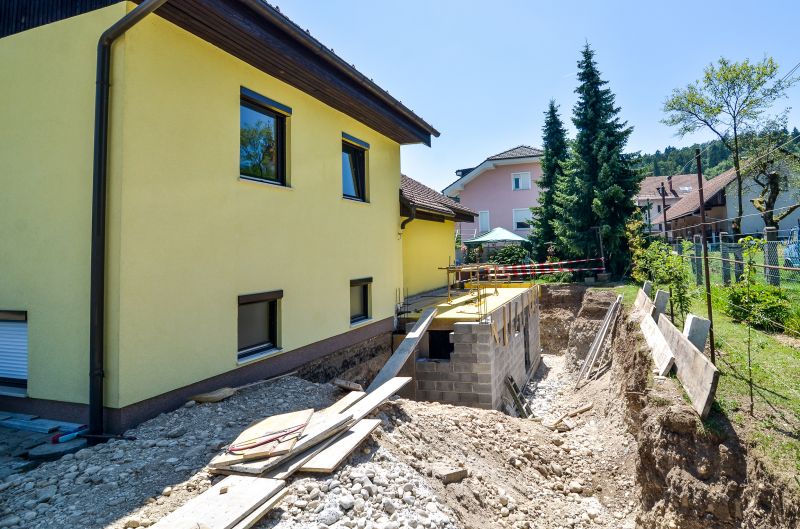
Visual overview of foundation stabilization techniques.
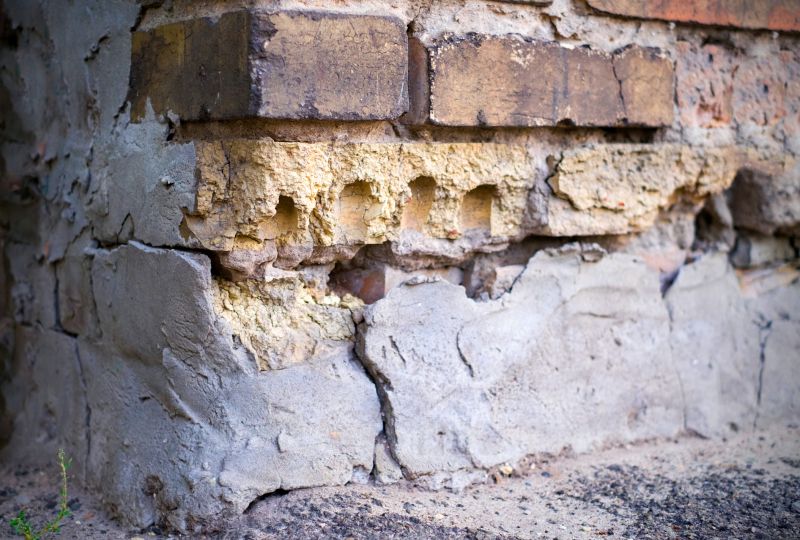
Common signs indicating the need for repairs.
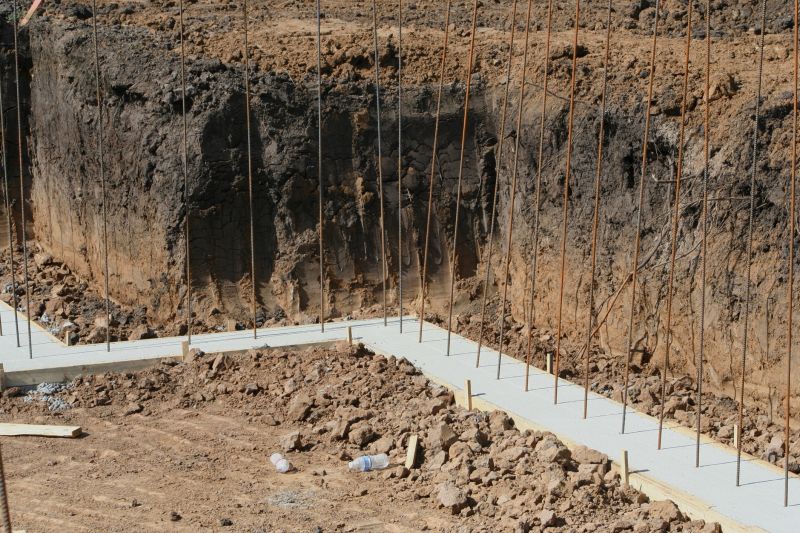
Methods used to reinforce and stabilize foundations.
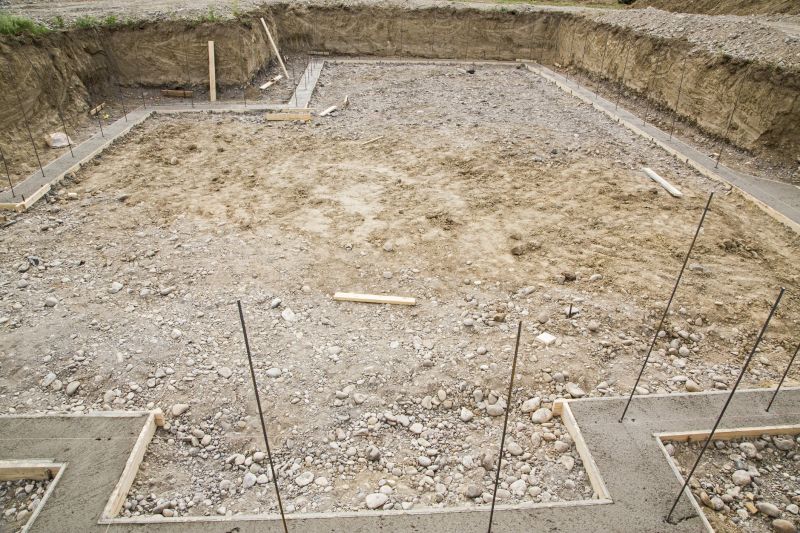
Preparation steps for foundation repair work.

High-end options that actually feel worth it for Foundation Repairs.
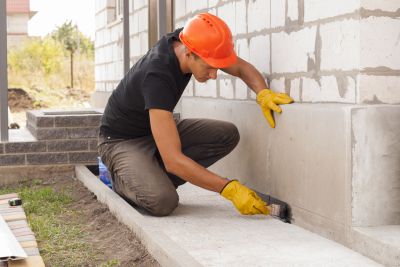
Finishes and colors that play nicely with Foundation Repairs.
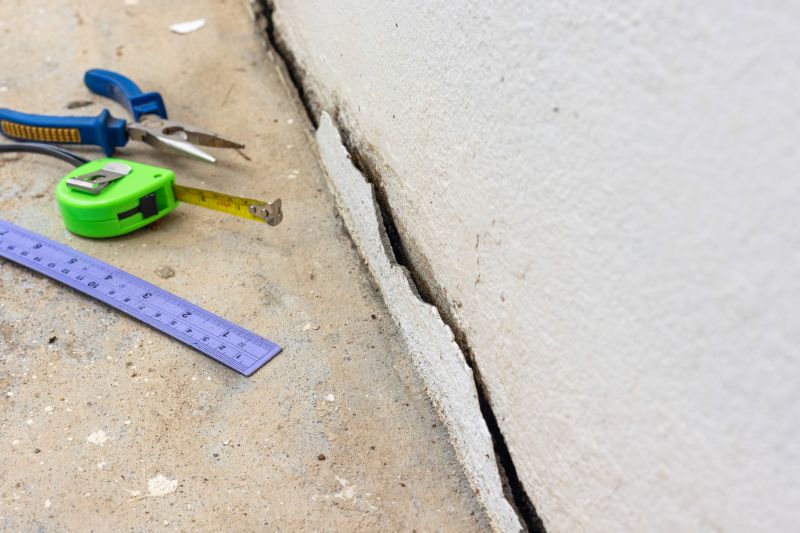
Little measurements that prevent headaches on Foundation Repairs day.
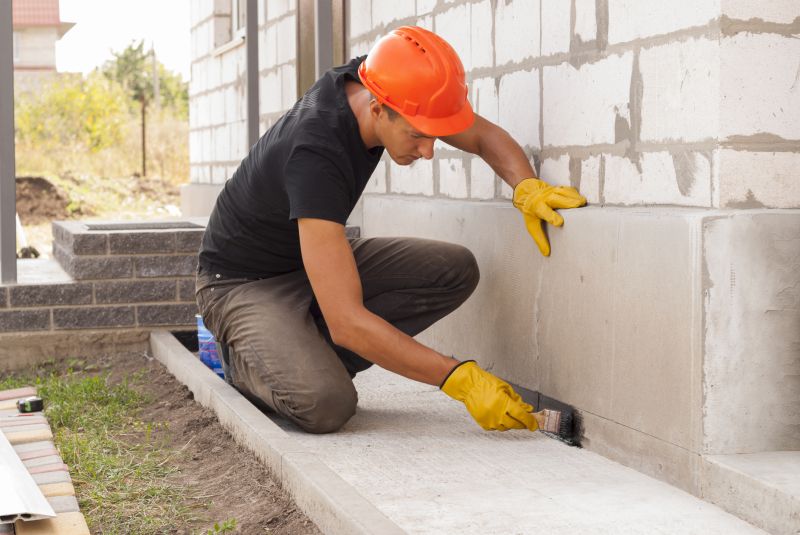
A 60-second routine that keeps Foundation Repairs looking new.
Proper timing of foundation repairs can significantly impact the success and longevity of the work performed. Consulting with foundation specialists can provide insights into seasonal considerations specific to local soil and weather conditions. Early intervention and careful planning help maintain property value and structural safety.
Cracks, uneven floors, and sticking doors may indicate foundation problems.
Addressing issues early prevents further structural damage and costly repairs.
Select seasons with favorable weather conditions for effective repairs.
Understanding local soil behavior and climate helps determine optimal repair timing.
Interested property owners in Grand Blanc, MI, are encouraged to contact professionals for assessments and scheduling. Proper timing and expert guidance ensure the durability and effectiveness of foundation repairs, safeguarding the structure for years to come.

